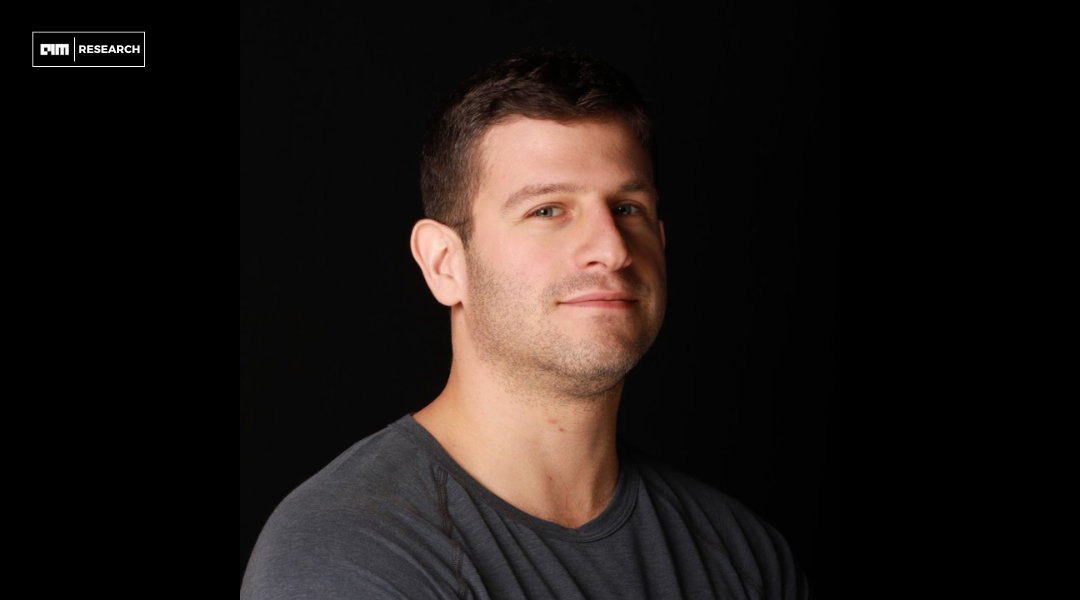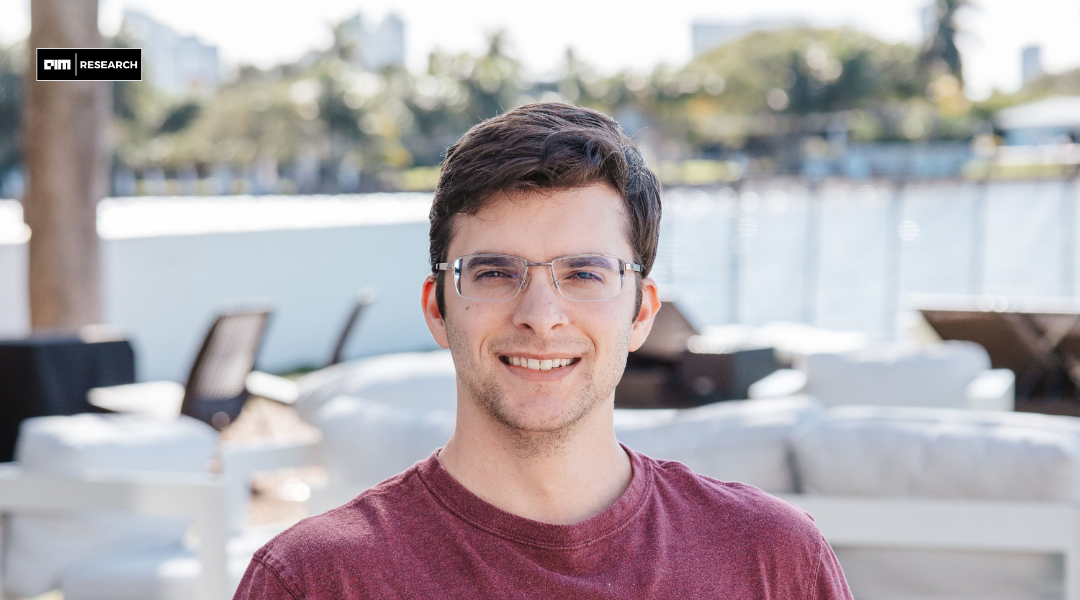

Rain AI, which was hailed as the next artificial intelligence hardware disruptor, finds itself today at the epicenter of a high-stakes financial saga. Backed by OpenAI CEO Sam Altman and a lineup of heavyweight investors, the semiconductor startup aimed to take on Nvidia’s stronghold with advanced AI chips, but now it’s struggling to survive.
Sam Altman of OpenAI reportedly directly solicited investments for a new competitor to Nvidia from OpenAI’s own investors. This occurred even while Nvidia is said to be increasing its business relationship with Elon Musk, according to the New York Post.
He also promoted Rain AI’s upcoming $150 million Series B funding round, which, according to a source with direct knowledge of the matter, would value the company at approximately $600 million.
According to some scientists, it is believed that the current neural network architecture makes it impossible to achieve Artificial General Intelligence (AGI). Most current deep learning work, relies heavily on Nvidia GPUs, largely due to their proprietary software like CUDA8. While alternatives exist, there is no very strong, powerful, and equivalent competitor to Nvidia in terms of computing power for AI.
That is what Rain AI has been trying to overcome by pushing the frontiers and aiming to mimic the human brain, which is the original idea behind ANNs and deep learning.
The company set out to develop energy-efficient AI chips inspired by the human brain’s architecture. Its neuromorphic computing technology promised to challenge industry giants like Nvidia by offering low-power, high-performance AI processing. But despite its ambitious vision, Rain AI is now facing financial uncertainty, with reports of failed funding rounds, leadership shake-ups, and potential acquisition talks.
Founded in 2017 by Gordon Wilson, Juan Claudio Nino, and Jack Kendall, Rain AI focused on compute-in-memory technology, a method designed to reduce energy consumption in AI inference and training. The company’s chips were tailored for edge AI applications, including security cameras, drones, wearables, and smart home devices. By optimizing AI workloads for ultra-low-power systems, Rain AI aimed to make AI more sustainable and accessible across industries.
However, despite its technological advancements, Rain AI has struggled to secure contracts or letters of intent, raising concerns about its commercial viability. The company’s $150 million Series B funding round collapsed, forcing it to seek a $3 million bridge loan to stay afloat while exploring acquisition options. OpenAI has reportedly begun interviewing Rain AI employees, fueling speculation that the company’s talent may be absorbed while its independent operations fade away.
Leadership changes have further complicated Rain AI’s trajectory. Co-founder Jack Kendall recently took over as CEO following the departure of Will Passo, who stepped down for personal reasons. While insiders praise Rain AI’s engineering talent, they also note that its founders lacked strong sales strategies, which may have contributed to its financial struggles.
According to an anonymous source, “It appears the founders are good engineers and poor salesmen.” “They were very young and Silicon Valley outsiders without academic or industry credentials. This has always kept them at a disadvantage.”
Despite these challenges, Rain AI’s technology remains promising. Its AI accelerators are designed to enhance model training and inference speed, and its RISC-V processing cores improve efficiency and programmability. The company also offers machine learning model optimization tools, helping developers refine AI performance while minimizing energy consumption.Rain AI’s former CEO, Gordon Wilson quite articulately mentioned their mission for the company, when he said, “they are the only company integrating both training and inference into low-power compute-in-memory hardware.”
📣 Want to advertise in AIM Research? Book here >

Cypher 2024
21-22 Nov 2024, Santa Clara Convention Center, CA
A Vendor Briefing is a research tool for our industry analysts, and an opportunity for a vendor to present its products, services and business strategies to analysts who cover the vendor specifically or a related technology or market.
AIM Research encourages technology vendors and agencies to brief our team for PeMa Quadrants, when introducing a new product, changing a business model, or forming a partnership, merger, or acquisition.


